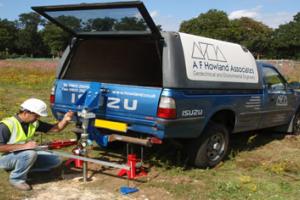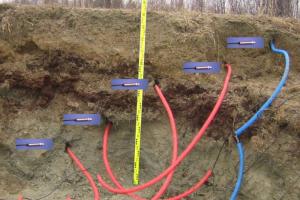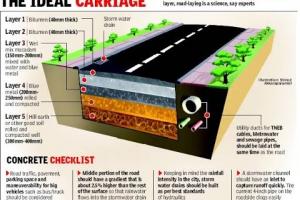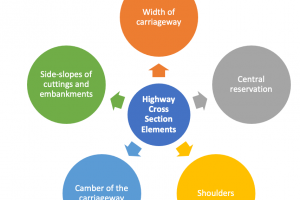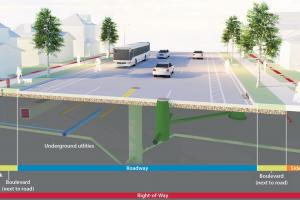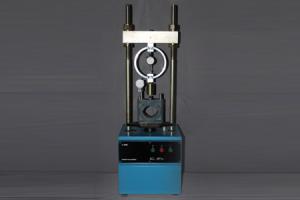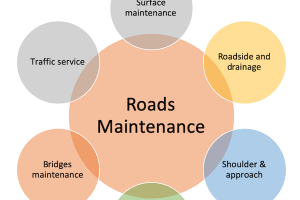Methods of Reducing Wear of Rails

Wear is one of the most important factors affecting the structural life of railways. In urban railways, the curved track results in more wear than tangent track. Furthermore, the wear is frequently detected in a sharply curved track. Wear leads to reduction in the durability of railway as well as increase in the risk of derailment.
Followings are some different techniques and methods for reducing wear of rails:
- Use of special alloy steel
- Good maintenance of track
- Reduction of expansion gap
- Reduction of the number of joints
- Exchange of inner and outer rail on curve
- Use of lubricating oil on the guage face
- By coning of wheel
- Tilting of rails
- interchanging inner and outer rails
Reducing wear of rails is crucial for maintaining safe and efficient railway operations. Here are some methods that can help minimize rail wear:
Regular Rail Maintenance:
Implement a comprehensive maintenance program that includes regular inspections, cleaning, lubrication, and adjustment of the rail tracks. This helps identify and rectify potential issues before they lead to significant wear.
Rail Grinding:
Periodically grinding the rail surface can remove small irregularities and prevent the development of wear patterns. Grinding helps restore the rail profile, reducing contact stresses and wear.
Rail Lubrication:
Applying lubricants to the rail surface can reduce friction and wear. Various lubrication methods, such as using solid stick lubricants or applying liquid lubricants through wayside systems, can be employed to minimize rail wear.
Rail Material Selection:
Choosing rail materials with enhanced wear resistance can significantly reduce wear. High-quality rail steels, such as head-hardened or premium heat-treated rails, exhibit superior wear resistance and durability compared to standard rails.
Wheel/Rail Profile Optimization:
Maintaining optimal wheel and rail profiles is essential for reducing wear. Proper wheel and rail profiling techniques, such as maintaining the correct gauge, maintaining appropriate wheel profiles, and minimizing flange contact, can help distribute loads more evenly and reduce wear.
Minimizing Wheel Slippage:
Preventing wheel slippage is crucial to reduce rail wear. Effective traction control systems and proper train handling techniques can minimize wheel slip, preventing excessive wear on the rail surface.
Reducing Wheel/Rail Impact:
Excessive impact loads can accelerate rail wear. Implementing measures to reduce impact, such as improving track alignment, installing resilient rail fastening systems, and using appropriate track dampers, can help mitigate wear caused by impact forces.
Track Stabilization:
Ensuring stable track geometry is important to minimize rail wear. Regular tamping, ballast maintenance, and appropriate track bed construction techniques help maintain track stability and reduce wear.
Monitoring and Early Detection:
Implementing advanced monitoring systems, such as acoustic detection systems or track inspection cars equipped with sensors, can help identify wear-related issues at an early stage. Early detection allows for timely intervention and preventive measures.
Proper Train Maintenance:
Well-maintained trains with properly adjusted suspension systems and wheels can help reduce excessive forces and wear on the rail tracks. Regular inspection and maintenance of the rolling stock are crucial for minimizing rail wear.
It's important to note that the specific methods employed may vary depending on the rail network, environmental conditions, and operational requirements. Consulting with railway engineering experts and adhering to industry best practices is essential for effective rail wear reduction strategies.



